Endangered Species in Kenya.
Which are the Endangered Species in Kenya? These are the species that are at risk of extinction because of a sudden rapid decrease in their population or a loss of their critical habitat.
Previously, any species of plant or animal that was threatened with extinction could be called an endangered species.
That said, Kenya has over 450 recorded mammal species, whenever the word wild animal is mentioned, Kenya pops up too many minds instantly.
Kenya is second after the Democratic Republic of Congo in Africa and tenth in the world. With such a huge number a few of these mammal species are certain to be endemic.
An endemic species is one whose habitat is unique. To a defined geographical location, such as a country, an island or a defined zone of analysis.
Endemism is different from indigenous or native species in that the latter is also found elsewhere.
Endemic species run a high risk of extinction due to changes in their confined habitats. Particularly due to hunting and habitat destruction.
Tourism is a major foreign exchange earner in Kenya. The country must preserve and maintain its rich biodiversity by being the main facet that attracts tourists.
I believe that tourism can be effective by providing incentives for promoting wildlife conservation.
This is by visiting some of these isolated habitats thus providing an economic incentive for their protection and also providing revenues to continue supporting conservation efforts.
Here are the most endangered animals in Kenya.
7. Black Rhino (Diceros bicornis).
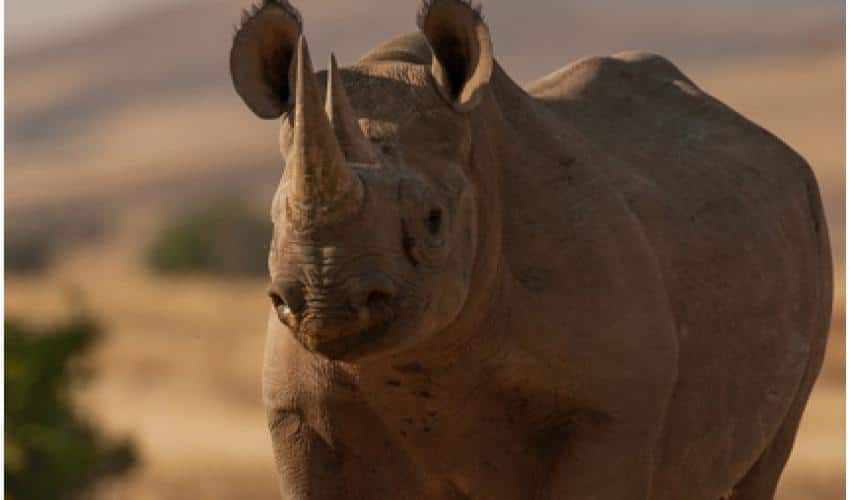
Black Rhinos weigh up to 3000 pounds and they browse on trees and bushes. Their prominent horn can grow up to five feet in length and the major threat to the black rhino is humans known as poachers.
Popularly known as Shitholes. They kill them for their horn to make a few coins, leaving the rhino for the dead, how inhuman can people be?
People are more dangerous than any animal you might think of. Due to this inhumanity of poachers with the loss of habitat and competition for food. The IUCN lists the black rhino as a critically endangered species.
The black rhino can be viewed in most parks and reserves in Kenya, If you do not have the luxury to visit distanced parks from Nairobi, you can tour the only park within a city, Nairobi National Park.
If you are lucky you will spot a few HOPE BUT DON`T EXPECT. Did I mention the Park fees to Nairobi National Park is only, Kes400 (USD35)?
Yes, it is that affordable, next time you are visiting Kenya make sure you visit the park, to see this special endangered black Rhino.

Types of other Rhinos in order of sizes.
- Indian rhino (also known as the greater one-horned rhino)
- White rhino
- Black rhino
- Javan rhino
- Sumatran rhino
According to IUCN. The poaching of African rhinos to supply the illegal international rhino horn trade remains the main threat to the two species.
However, the strong counter-measures taken by range states. Private landowners and communities in recent years are having a positive effect: recorded poaching of African rhinos has been declining at a continental level in recent years.
After a peak in 2015, when a minimum of 1,349 rhinos was found to have been poached – an average of 3.7 rhinos poached per day – poaching numbers have decreased every year since.
In 2018, there was a minimum of 892 rhinos poached – approximately 2.4 African rhinos poached every day, or once every ten hours. Preliminary data for 2019 indicates poaching levels have further declined.
Quick Facts About Black Rhinos.
- They have bad eyesight but have a good sense of smell and excellent hearing.
- The life span is between 35 – 50 years.
- Black Rhinos have a hooked lip for pulling off leaves
- They funnily run on their toes, what weight to support on toes.
- Despite having thick skin, they get Sunburn this is why they like rolling and bathing with mud.
- They can run up to 55 Kilometers per hour.
- Rhinoceros is a Greek word meaning Nose and Horn. ‘Rhino’ means ‘nose’ and ‘ceros’ means ‘horn’.
6. Grevy zebra
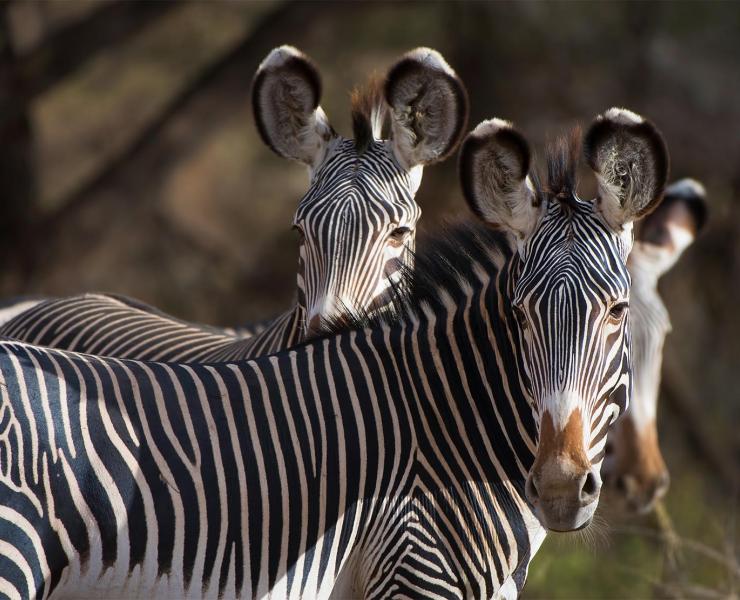
Grevy Zebra weigh up to 450 Kilograms (994 POUNDS).
These endangered animals were named after french President Jules Grevy by zoologist Jean Emile.
There are 3 types of Zebras, which are The Plain and mountain Zebra, the third is the Endangered Grevy Zebra.
How to differentiate Grevy Zebra from the rest.
The Endangered Grevy Zebras are taller, broader, have a white belly as you can see in the image above.
The muzzle is brown as opposed to the plains zebra which are dark, the Grevy has round ears and the stripes are thinner.
According to African Wildlife Conservation. Habitat loss in an already restricted range is a serious threat to the Grevy’s survival.
They have to compete for resources with other grazers, as well as cattle and livestock. Due to overgrazing and competition for water, Grevy’s juveniles have a low survival rate.
Over the past three generations (30 years) there was a population reduction of 54 per cent from an estimated population of 5,800 in the 1980s. The population of Grevy’s today is about 2,800.

Hunting is the primary cause of the decline of Grevy’s zebras. They are primarily hunted for their striking skins, but will occasionally be killed for food.
In addition to illegal hunting, Grevy’s also face threats from disease outbreaks, drought, habitat loss, and fragmented populations.
They are primarily in five (5) countries in Africa but due to this condition mentioned above, they decided to move to northern and Southern parts of Kenya and Tanzania respectively.
Quicks Facts about Grevy Zebra.
- They are the largest in Zebra species and horses in the wild, they grow up to 277 and 165 centimetres in length and height respectively.
- Their newborn is known as foals and can run after an hour time after birth.
- They are adaptive in living in dryland and can go 5 days without water.
5. Lesser Kudu
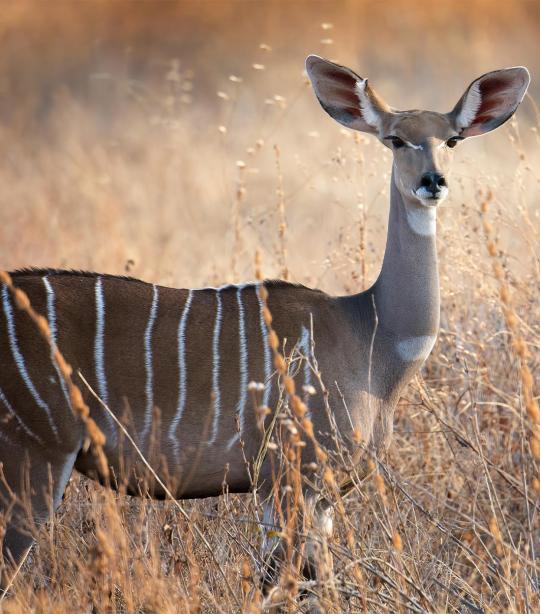
The lesser kudu is an incredible type of Antelope, the striking stripes of the Kudu, makes it stand out from the rest.
Mostly found in the northern part of Kenya, they were once attacked by a virus known as Rinderpest their numbers drastically reduced.
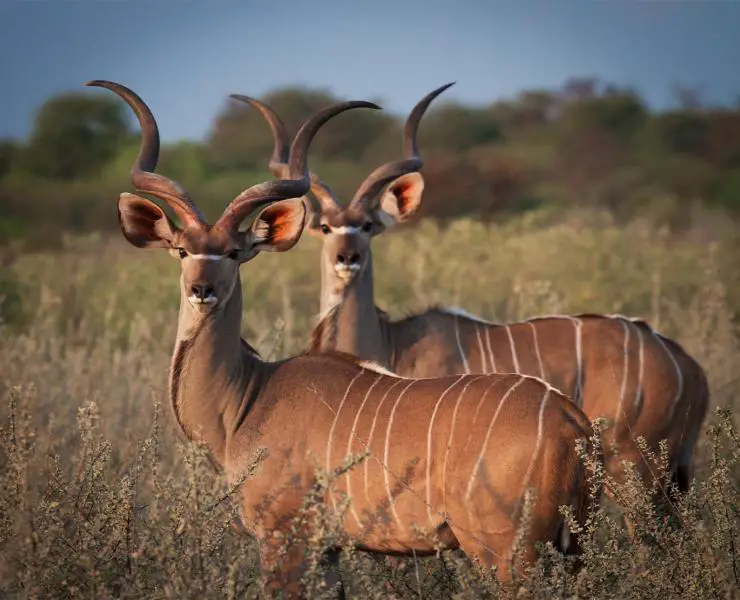
Their numbers are affected by humans hunting them for their meat, hides, and horns. Their horns have long been prized in Africa for use as musical instruments, honey containers, and symbolic ritual objects.
People are taking over their habitats for charcoal burning and farming.
Lesser Vs Great Kudu
As the name suggests, the Great Kudu are bigger than the Lesser Kudu
Quick Facts About Kudu.
- The head-and-body length is typically 110–140 cm. Males reach about 95–105 cm at the shoulder, while females reach 90–100 cm.
- Males typically weigh 92–108 kg (203–238 lb) and females 56–70 kg (123–154 lb).
- The females and juveniles have a reddish-brown coat, while the males become yellowish-grey or darker after the age of 2 years.
- Horns are present only in males. The spiral horns are 50–70 cm (20–28 in) long and have two to two-and-a-half twists.
4. Hirola/Hunters Antelope.

Perhaps the rarest Antelope of our time, the name Hirola was derived from the Somali community, which meant good luck.
The Somali people, used to get worried because if this rare antelope comes to extinct their cattle will too disappear since they believe the hirola has spiritual significance to cattle rearing.
The hirola, Hunter’s hartebeest or Hunter’s antelope, is a critically endangered antelope species found on the border between Kenya and Somalia.
They were discovered by Kenyans living in the area in 1888 It is the only extant member of the genus Beatragus.

The global hirola population is estimated at 300–500 animals, there are no hirola in captivity and the wild population continues to decline.
According to the International Union for Conservation of Nature Red List “The loss of the Hirola would be the first extinction of a mammalian genus on mainland Africa in modern human history.
Also, Read; 17 Hidden Gems in Kenya you never knew Existed
Several factors caused this. In the 1980s, rinderpest – a viral disease – killed about 85-90% of the existing 15,000 hirola, along with other wildlife. When the disease was eradicated in the early 1990s, the hirola populations didn’t bounce back.
Quick Facts About Hirola
- As hirola age, their coat darkens becoming slate grey, and the number of ridges along with their horns increases.
- Hirola have large, dark sub-orbital glands used for marking their territories and give them the name “four-eyed antelope”.
- They have white spectacles around their eyes and an inverted white chevron running between the eyes.
- The horns, hooves, udders, nostrils, lips, and ear tips are black. Males and females look similar although males are slightly larger with thicker horns and darker coats.
- The Hirola can go for long periods without drinking water, and handily survives drought by storing extra fat in its body. Hirola’s feed mostly at dawn and dusk thus avoiding unnecessary energy-sapping activity.
3. Mountain Bongo.
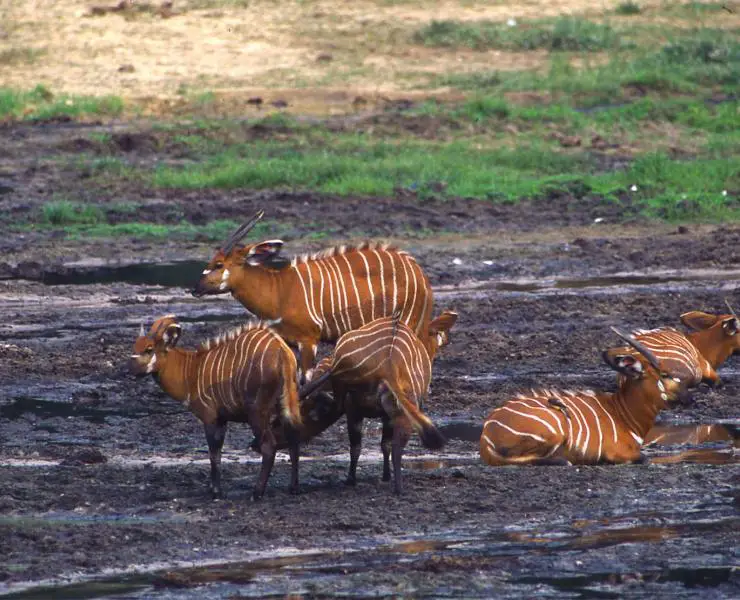
The mountain bongo is a critically endangered subspecies of the bongo, one of the largest forest antelopes.
Bongo has a reddish-brown coat, with black, white, and yellow-white markings. Both males and females have long, slightly spiraled horns. Bongos are rarely seen in large herds.
Even though there are taboos against eating bongo meat. The lowland bongo is still subject to snare hunting due to expanding commercial forestry exploitation.
They are the primary target of tourist safari hunting in central Africa. The demand has been increasing during the past decade.
Large-scale and continuous hunting has eliminated this species in some areas.
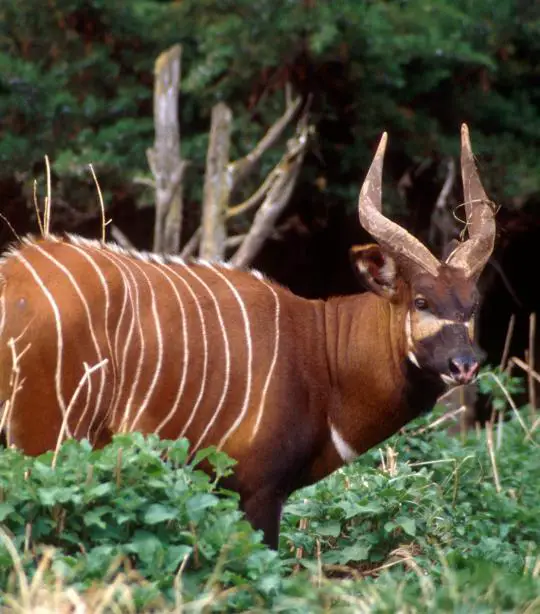
The Mountain Bongo was once numerous in the forested zones of Mt. Kenya. The Aberdares, Mau, Cherengani hills and Mount Elgon.
Their numbers have declined dramatically over the past 40 years. They are now confined to isolated populations in patches of forest on Mt. Kenya, and the Aberdares.
Mountain Bongos are classified as Critically Endangered (CR) on the IUCN Red List.
The decline has been caused by a combination of several factors mainly loss of habitat, hunting and livestock-mediated diseases.
Because of its beauty and relative scarcity. The Mountain Bongo was long viewed as a prized trophy by hunters. Their population in zoos far exceeds that which is in the wild.
KWS, in conjunction with conservation organizations, has formulated several conservation strategies for the species.
Among these include conducting regular surveillance and security patrols for the remaining wild mountain bongos.
Quicks Facts about Mountain Bongo.
- They are the largest forest antelope.
- Despite being high Jumpers, they prefer to play low and go under or around obstacles.
- Their lifespan in zoos is 19years, it is unknown in the Natural Habitant since they are evasive.
- It is believed if you eat their meat you will have symptoms like epilepsy after the meal.
2. Pangolin
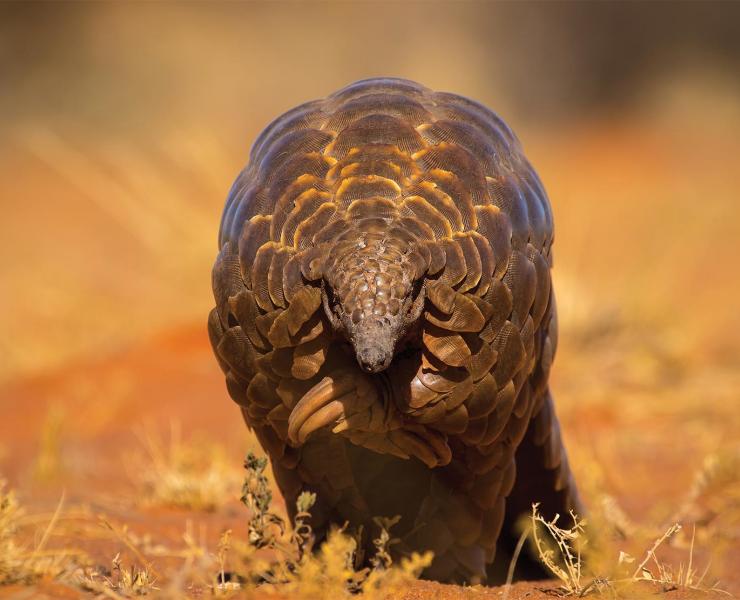
Despite their tough appearance. These small, warrior-built mammals are losing the battle against poachers and habitat loss.
They are ranging from Vulnerable to Critically Endangered. They are the most trafficked animal in the world. Hunted for their scales which can be sold on the black market for up to $3,000/kg.
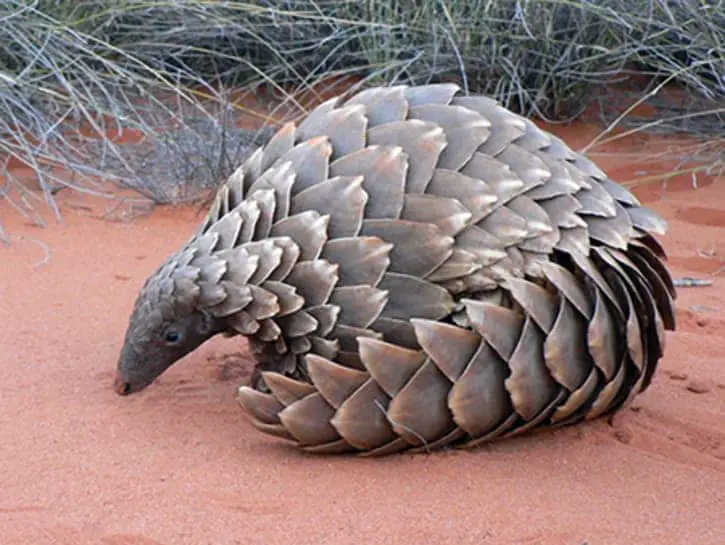
Large-scale trafficking is driven by a belief that pangolin scales have magical and curative properties and demand for their meat.
Interesting Believes About Pangolin.
- When mixed with bark from certain trees, the scales are thought to neutralize witchcraft and evil spirits.
- If buried near a man’s door they are said to give an interesting woman power over him. The smoke from their scales is thought to improve cattle health, keep lions away, and cure ailments like nose-bleeds.
- Although their scales are made of keratin—the same substance that makes up human hair and nails—they are in high demand in certain Asian countries.
- Where the scales are believed to cure illnesses ranging from cancer to asthma, and their meat is considered a delicacy.
- In some areas, tribes believe sighting of this scaly mammal indicates there will be a drought and the only way to prevent it is by killing the animal.
1. Tana River Mangabey.
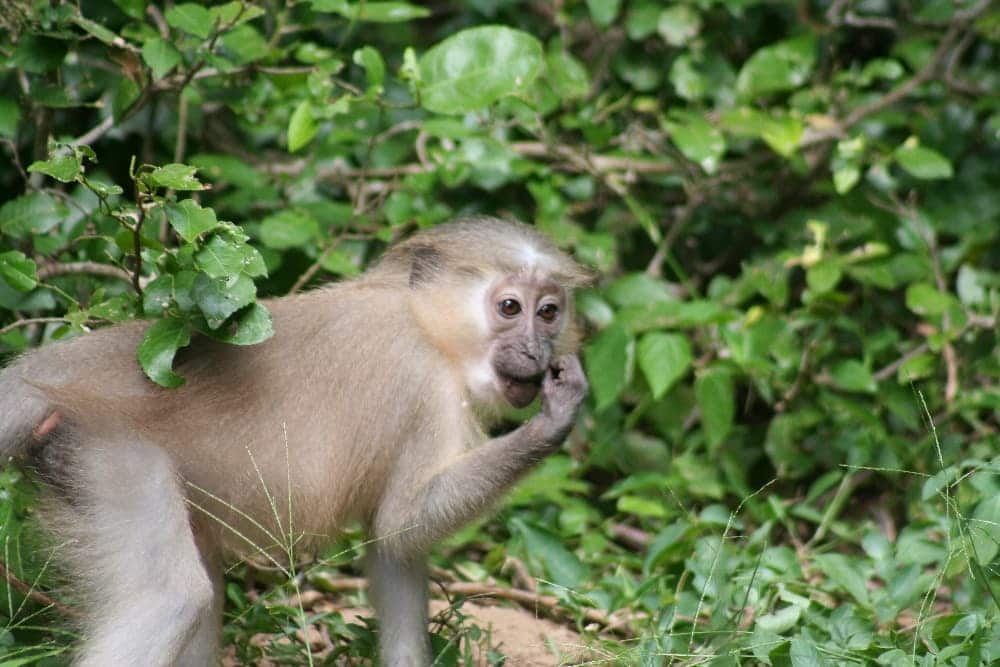
The Tana River mangabey is a highly endangered species of primate in the family Cercopithecidae.
Some authorities have included the taxa agilis and sanjei as subspecies of these species. While others award these full species statuses.
Quick Facts About Tana River Mangabey.
- The Tana River mangabey is diurnal and semi-terrestrial. It spends most of its time on the ground but is still considered arboreal due to its sleeping area.
- The species sleep in trees that are approximately 27-37m in height which have a sparse canopy cover of 25–60%.
- The primate sleeps in the forks of the branches of these trees or near the main trunk. It is believed to sleep in trees to reduce the risk of predation and chooses this site according to its last feeding position in the area.
- Tana River mangabeys are ranked as one of the world’s 25 most threatened primates. Currently, an estimated 1000 – 1200 individuals are remaining in the wild.
Also, Read-:

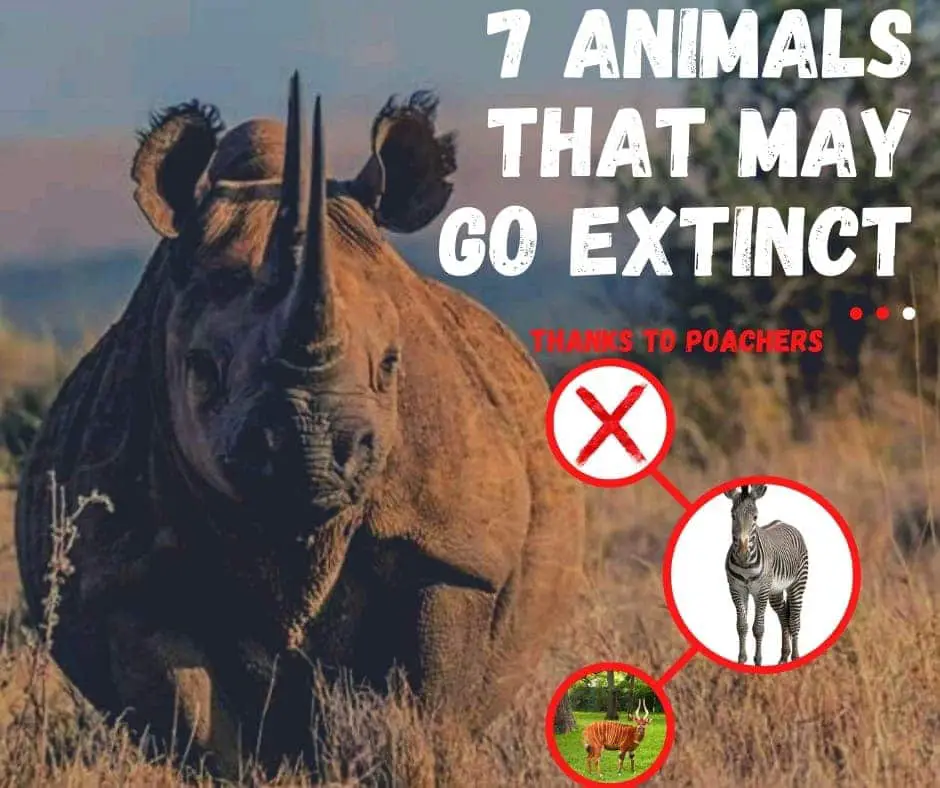
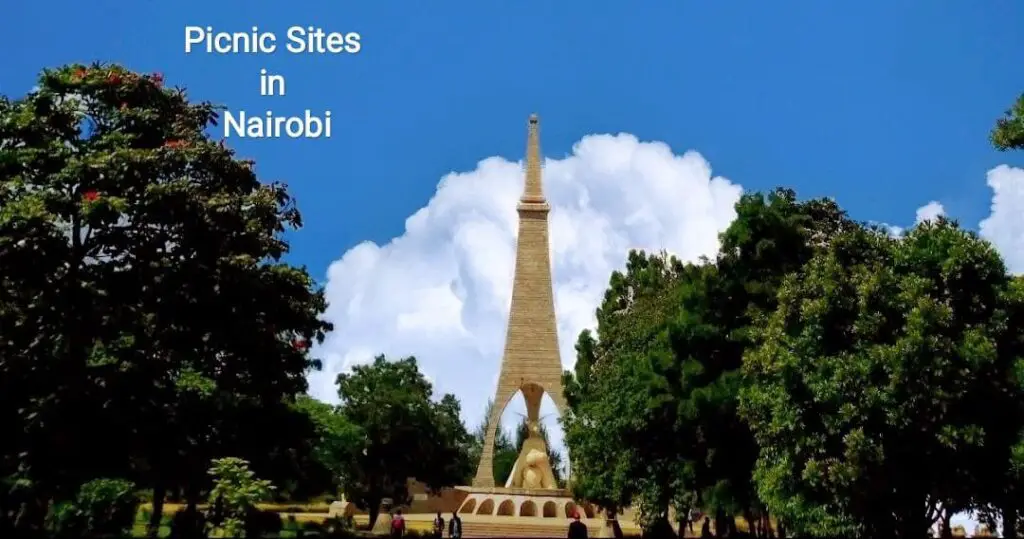






I’d be inclined to see eye to eye with you on this. Which is not something I typically do! I love reading a post that will make people think. Also, thanks for allowing me to speak my mind!